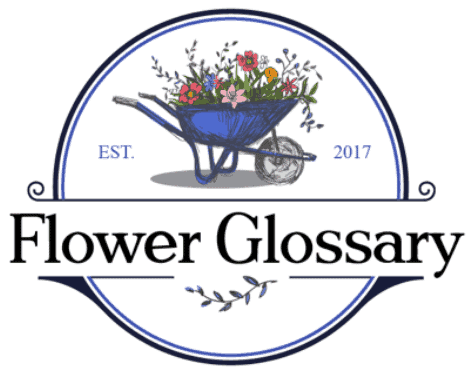Flower Glossary is reader-supported. When you buy through links on our site, we may earn an affiliate commission.
Medicinal plants and herbs have been a part of human healing across all cultures since the beginning of our time. The Sumerians referenced 250 different medicinal herbs and 12 recipes in their tabs. A Chinese document, “Pen T’Sao,” dated to 2500BC, mentions 365 dried healing herbs that are still widely used today.
The use of herbs for health and healing throughout history has been well documented and remains relevant today. Even our understanding of these herbs has changed very little. We use them in much the same way as they did throughout time, albeit at a reduced rate due to the advent of modern medicine.
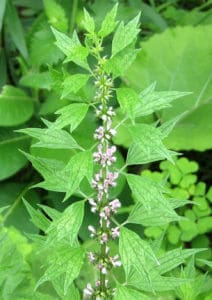
Source: Wikipedia
While pharmaceuticals (which often include natural herbs), vaccines, and treatments used today are most common, natural remedies still have their place.
If you’re looking to fill your home or garden with herbs to help with anxiety, sleep apnea, menstrual cramps, gastrointestinal issues, and other health issues, take a look at our list of helpful medical flowers and plants below.
Table of Contents
The Most Powerful and Useful Medicinal Plants To Keep In Your Garden
In our modern age, we can sometimes discount old methods of healing, but healers of the past were just as experimental as we are now. They understood how to use what they had and discovered every possible benefit of what was available. This knowledge of potent herbs and medicinal plant cures is shared even today.
If you’re suffering from an ailment, wish to prevent sickness, or need a good supplement or aid to your medications, keep this medical plant list on hand.
Medicinal Uses of Calendula
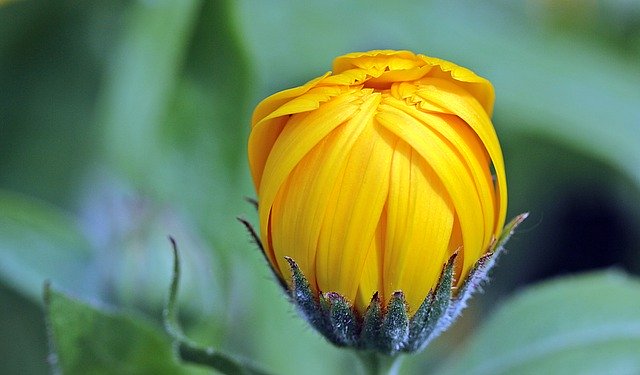
Calendula, also known as Pot Marigold, is recognized by its golden flowers that are entirely edible and often used to treat skin conditions. Even today, manufacturers use Calendula to create ointments and creams, especially for babies (it’s great for diaper rashes). These flowers are anti-fungal, anti-bacterial properties, and anti-inflammatory capabilities. However, it is also known to stimulate the lymphatic system and menses.
How to use Calendula:
You can put the petals in salads, use it as a garnish, or use it in a tea or broth.
How to care for Calendula:
Calendula likes a lot of sun, but does well as a house plant and grows very easily from seed.
Medicinal Uses of Passionflower
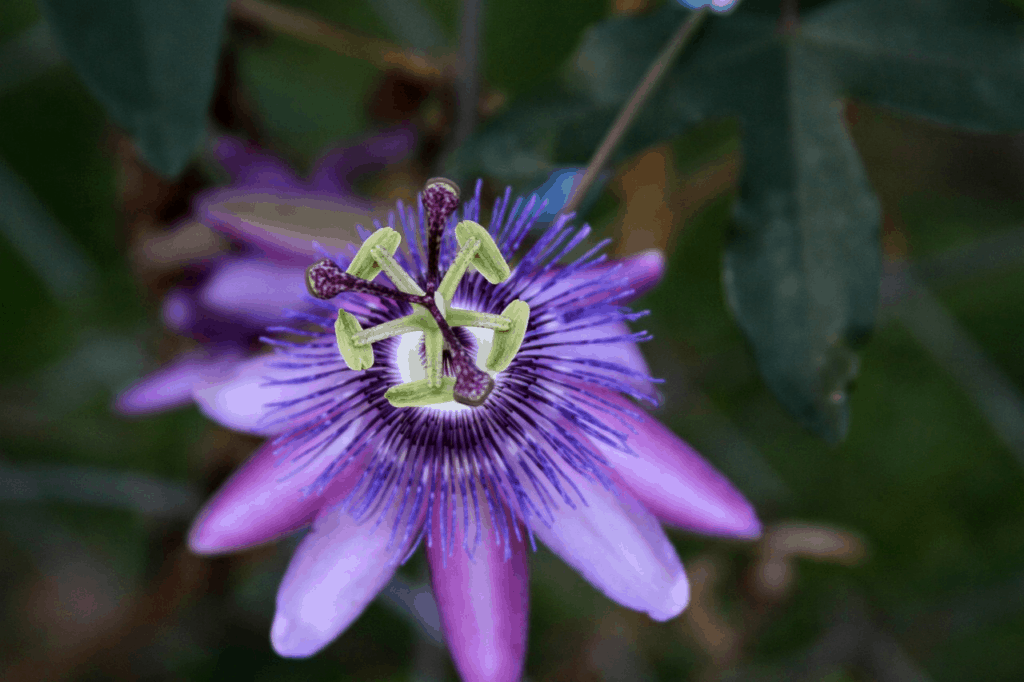
Passionflower is native to the southern United States and is known to be both exceptionally beautiful and helpful. Natives used it as a sedative, pain reliever, cramp alleviator, and headache medicine. Today it is a dietary supplement for anxiety, sleep issues, pain reliever, heart rhythm, and ADHD medicine. Topically it can be used for burns and hemorrhoids.
That’s a lot of issues for one plant to solve, making it one of the best herbs to have in your garden.
How to use Passionflower:
Use it in tea, as an extract, or in capsule form.
How to grow and care for Passionflower:
Passionflower is a vine that can grow and bloom profusely with lots of sun. Plant it 3 feet apart and use a trellis. If you live in the south, plant in an area where it will get shade for part of the day. Soil also needs to be well-drained.
Medicinal Uses of Valerian
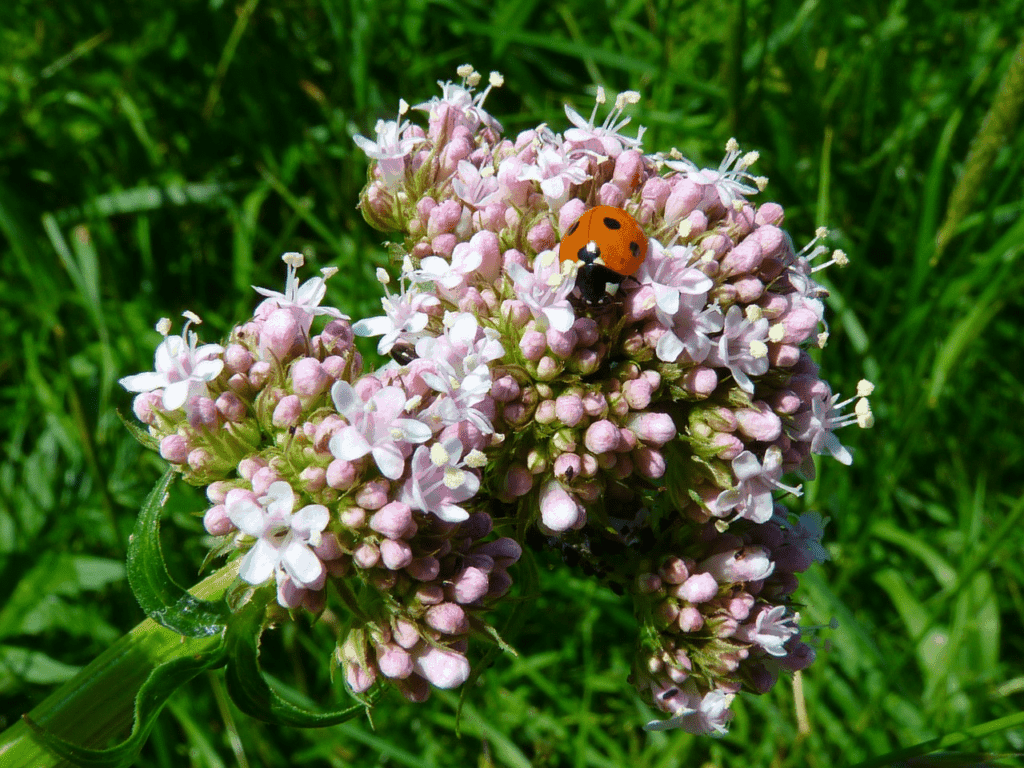
Valerian, also known as Garden Heliotrope, is most widely known for its ability to reduce anxiety and treat sleeplessness. Heliotrope was also used for nerve disorders such as epilepsy, for pain relief, as a muscle relaxant, and to regulate blood pressure.
How to use Valerian:
Use as a tincture, essential oil, or as a root tea.
How to grow and care for Valerian:
Valerian doesn’t store well and can be a finicky plant, though it does grow well in most areas of the country. You should plant them in seed starting mix, and be kept in warmth. A greenhouse will work if you live in a colder climate or if you keep your home cold. You can also put plastic wrap over the soil to keep it moist and warm.
Medicinal Uses of Motherwort
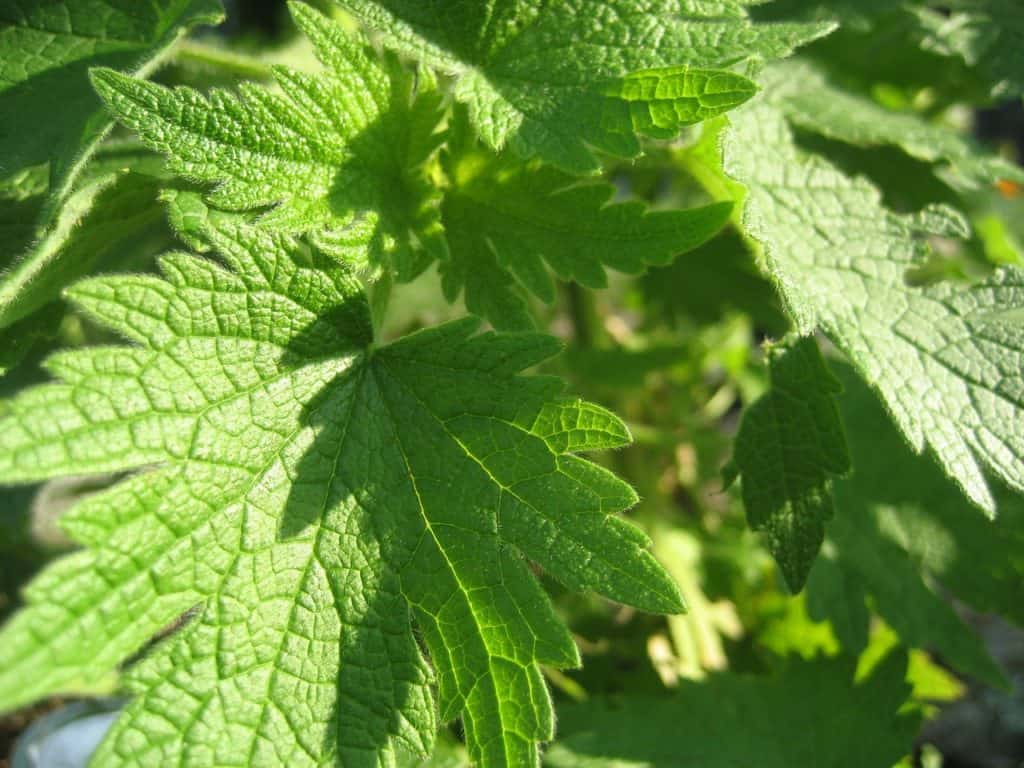
Motherwort (also known as throw-wort, lion’s ear, and lion’s tail) gets its name from its considerable use by mothers during childbirth for more manageable contractions, for relieving hormonal induced irritability, and for the relief from hot flashes and other menopause symptoms. In folklore, this medicinal plant is said to remove “melancholy vapors from the heart,” increase happiness (reduce anxiety) and settle mothers’ wombs.
How to use Motherwort:
Because it is a bitter herb, it is recommended that it be taken as a tincture, though it can also be used as a tea.
How to grow and care for Motherwort:
Plant in full sun with at least some shade. Seeds should be placed in damp sand and set in the refrigerator for two weeks, then germinate for a week in a warm spot. It is considered a weed by some cultures, as it can be pervasive. It’s best to plant in an area where it is less likely to encroach on other plants.
Medicinal Uses of Dandelion Flowers
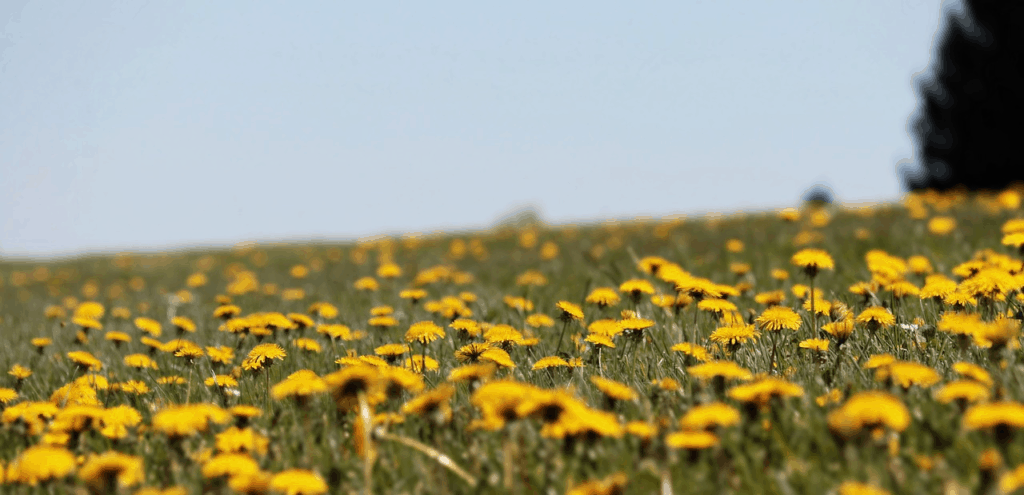
Dandelions may be seen as a weed now. Still, throughout history, dandelions have been eaten and brewed into a tea for their vitamin K, vitamin C, iron, calcium, and other minerals. These yellow flowers also known to help keep your bones strong and your liver healthy, treat skin conditions, and treat and prevent urinary infections.
How to use Dandelion:
Both the roots and the petals can be brewed into a tea or made into wine. Petals can also be used as a garnish or tossed into salads. If you dry and grind, you can also put the powder into capsules or find the pills readily at certain pharmacies or health food stores.
How to grow and care for Dandelion:
Dandelions are weeds because they are pervasive and grow very well in almost any type of soil; however, they grow best with a lot of light and water.
A Holistic Approach To Medicine
There are thousands of medical plants and herbs, and the above are just a few of the most potent ones to keep in your garden. To learn more about flowers & plants, follow us on social or sign up for our emails.
